|
From the Pacific Northwest to the southern state of Florida. We took our time traveling over countless miles and wandering through fourteen states to reach our final destination of Tampa, Florida. When we left Washington on September 21st, we had a goal of reaching the Tampa area by the first part of March. Many would say, that is a long time to travel across country, but when you live on the road — it is just one day at a time, one destination at a time, one mile at a time. You will have specific dates and specific locations you need to incorporate into your plans, you then decide to either beeline it or take your sweet time getting there while enjoying the journey to the destination. That is what we did. We had a few specific destinations on the route we wanted to visit, otherwise our plans were based on a whim of where to next. As usual, weather played a big role, often dictating changes to our routes. As we got closer to the final destination, I noticed travel fatigue started to hit and a deep desire to just reach our last stop took hold. I was ready to just stay put. Since I wasn't sure when exactly we would reach a destination, I wasn't able to plan too far ahead. Unfortunately, that meant it has been more difficult to find places to stay as we got closer to Florida. It was still Snowbird Season, meaning most places were full. I knew I was taking a huge chance, but sometimes life is not always planned. I just had to go on faith that we would find something or accept that we would spend a lot of nights in truck stops. Gems Along the WayThe route from Washington to Florida had some beautiful twists and scenic turns. We picked up a National Park Passport and made it goal to get as many stamps as possible, not sure why we didn't discover it sooner. We journeyed back in time visiting historical places. And, we discovered new campgrounds that became favorites. Curt Gowdy State Park - Wyoming This gem of a park is nestled in the foothills just west of Cheyenne and on the edge of Medicine Bow National Forest. The campgrounds are spread out with a focus on the lake and reservoir. In the summer, I imagine the lake is bustling with activities while the loud hum of boats and jet skies fill the air, but in the Fall, it was peaceful and quiet. A relaxing oasis that fed the soul with gentle quietness. Some of the sites come with electricity only, a few with electricity and water, and the rest provide no service. There is no dump station in the park, so keep that in mind. There are bathrooms (vault toilets) spread throughout the park providing the basic needs. The sites are spread out so neighboring sites are nearby but not close. The sites come with a priceless feature no matter the location - A VIEW. Whether it is a view of the lake or the surrounding hills, nature provides a beautiful show. There are a variety of trails weaving the way around the park, an invitation to stroll and enjoy each step. Cruise around on a bike to explore the many offerings within the park or enjoy the solitude of floating on the lake in a canoe or small boat. No matter how you experience Curt Gowdy State Park, it will be a memory to cherish for a lifetime. Visit the website. Chatfield Dam State Park - Colorado We stayed in D loop, a newer loop, which offered full hookup and large sites, most of which are pull-through. Well maintained and clean, you could see the pride in each campsite. No wonder it is a favorite with the locals. I was pleasantly surprised to find a nice building in our loop with clean bathrooms and showers. I was even more pleasantly surprised to find a nice size laundry room in the building. This large park offers a variety of outdoor activities; miles of trails for walking or bike riding, fun on the water, fishing or bird watching, a model airplane park, wildlife viewing areas, a corral for horseback riding, and so much more. Visit their website. Lost Dutchman State Park - Arizona This state park made it to the top of our Bucket List of places to stay and the top of list of favorite campgrounds. We were in the new loop with electric and water. Nice sites with lots of space in between others. And the VIEW - that alone makes the park worth it. They take great care in this park, keeping the sites clean and well-groomed. The trails are marked and most are easy for just a stroll through nature. Quiet at night and just about dark enough for night skies. The Rangers here are friendly and helpful. Definitely a park everyone should stay at, at least once. Visit their website. Twin Peaks Campground in ORgan Pipe Cactus National Park - Arizona STUNNING! And tied with The Lost Dutchman State Park for favorites. We needed a night stay on the way to Tucson. As soon as we pulled in, I fell in love with it and so regretted we could not stay longer. I love campgrounds with a good layout and this campground had it. All sites are pull-through. Easy to navigate. Privacy in between sites. Gorgeous use of the landscape. Lovingly cared for. Fun and informative ranger programs. Clean bathrooms. Solar powered showers in some of the buildings, but wait until the sun as a chance to warm up the water. Dump station is there, but you have to drive all around the campground to get to it. A must stay. Visit their website. Too Many Favorites to list Each place we visited was just as incredible as the last. There is a quote, "it's not the destination, it's the journey" but that quote is wrong. For me, it was the destinations that were the best part of the each journey. Idaho wyoming Colorado New Mexico Arizona Texas Mississippi These last five months was more of a journey of self. After two years on the road, we discovered more about ourselves and finally became more comfortable with some of our newfound skills.
We also decided it was time to change.
0 Comments
From pre-newbie to newbie, to semi-advanced newbie, back to almost-newbie….Again. We were pre-newbie in January of 2021 when we started looking for an Airstream and dreaming of RVing full-time. Then newbie reality hit once we found the Airstream in February of 2021 and had to tow her home. From then on it was a whirlwind of crash courses on RVing, and everything associated with this lifestyle and owning an Airstream. After a couple of Maiden Voyages, we left our hometown of Anacortes and headed east. Each mile gave us just a pinch more experience and a tad more confidence. Pushing us toward becoming semi-advanced newbies. We wintered in Florida for two months, then six weeks in South Carolina, being stationary for so long we found it hard to get back into the routine of being on the road when we finally left to head west. By the time we reached Washington state, we were semi-advanced newbies once again, even advancing toward ‘advanced’ newbies For medical and dental reasons we returned to our hometown where we are moochdocking on a friend's property. When we finally hit the road again in mid-September. We will have been in one place for almost four months. I am starting to feel the anxious butterflies in my stomach as we get closer to leaving, and when I think about hitching up. Just like when we left South Carolina in mid-February, I suspect it will take a few trips to get us back into the routine of travel days - and I am newbie nervous. It’s been months since I have had to plan a route and I am finding it takes a while to fire up the brain neurons (blame it on older age) that remember how I did it before. I finally picked an afternoon, knowing I needed enough time to focus on the task, I got as far as an outline of where we are heading. This trip, I am planning (and I use that term loosely) is to try more Boondocking, another learning curve, and another newbie skill to acquire. Our route is Oregon to Yellowstone to the Tetons to Colorado to New Mexico to Texas, settling in Arizona for the winter. We will throw in a few Harvest Hosts and RV parks to mix it up a bit. For me, Boondocking tends to add to the anxiety, I prefer to know where we will be staying and when. And I found I am more of a mid-scale RV park type of RVer so this type of camping will be a change, to say the least.
This route will be more of a wing it route, how else will we acquire this skill and know if we like it or not unless we try? It is also part of this plan to help weed down our budget for nightly stays. I feel a little more confident approaching Boondocking now with the skills we have acquired and the experience we have under our belts versus when we were brand new newbies. Boondocking will add to our experience of RVing - and to the thousands of photos we have collected since we started this journey. We are allowing about two months for this route so by the time we get to Arizona we should be semi-advance newbies again (maybe even advanced newbies,) with new skills, new experiences, and new “I Learned That” attitudes. Betty Jo (the Airstream) enjoyed the stay at a variety of RV parks along Route 66 from Marshfield, MO to Needles, CA. Each of them were conveniently located off of HWY 40. RV EXpress rv Park - Marshfield, MO
Coachlight RV Park - Carthage, MO
Mustang Run RV - Oklahoma City
Oasis RV Resort - Amarillo, TX
Blaze-in Saddle RV - Tucumcari, NM
Route 66 RV Resort - Albuquerque
USA RV Park - Gallup, NM
Meteor Crate RV park - Winslow, AZ
Grand Canyon Railway RV Park - Williams, AZ
Desert View RV park - Needles, CA
In some sections, the Mother Road is as worn out as an old woman. Weathered. Wrinkled. Worried. With many years of experiences and stories to tell. One may find sections that have recently been refreshed, giving the appearance of a younger mother. But most sections are as tired as a mother with a passel of children and a young one on her hip. Unfortunately, we did not have the time to drive the whole true Route 66 through Oklahoma. We are traveling full-time with a 27’ Airstream and we don’t feel comfortable towing her on roads that may be fractured, bouncy, or narrow. As we have done so many times before (in 26 states so far), we leave Betty Jo (the Airstream) behind at RV Parks, such as the Mustang Run Rv Park in Yukon, OK while we explore. I saw a few travel trailers on the historic route and for the most part, most sections of the route are fine for towing. Finding gas stations (especially diesel) are few and far between. There were RV parks on the older route, but many of them looked as old as the route they were on. We are traveling Route 66 from Cuba, MO to Barstow, CA. We hit the Mother Road on March 7th and arrived in Oklahoma City on March 15th. We travel mostly by Interstate Highway, the "newer Route 66," while towing. This allows us to park Betty Jo and travel as much of the original routes as we can with our truck, with a lot more flexibility and the ability to stop suddenly whenever something strikes our fancy - and needs to be photographed. The curse of being photographers is your creative eye is always on the lookout for that next shot. In Missouri, we parked Betty Jo at the RV Express RV Park in Marshfield, MO. From there we ventured out on the older Route 66 in that area. We then stayed at the Coachlight Rv Park in Carthage, MO and explored Route 66 around Carthage, Joplin, Webb City and Galena, Kansas. I found the Route in Missouri, confusing and discombobulated. There were so many versions of the Route; The original route (1926), newer routes (1958), while various byways of the route kept appearing. They all seemed to go in different directions - east/west, north/south. We often missed something because the old was mixed in with the new and so we would miss it. I often felt like it was going in circle. Ah, the fun of exploration. In Oklahoma, the route seems more straight forward. I enjoyed this much more. There are still many of older sections (the Original), they are mostly short in length, while weathered and worn, which makes for a bumpy ride. We drove the main Historical Route from El Reno to Tulsa, seeing a lot of back country areas the Interstate misses. For the most part it was easy to follow, they have signs saying “Historical Route 66” about every 1/2 mile or so, also indicating if it's "original, addend or bypass," but I still relied on Google Maps to make sure we were on the route for I found it would often take turns without any warning. What I enjoyed most about the route in Oklahoma was our ability to stay on the route. They really promote the route in Oklahoma and each town tries to stay somewhat authentic. It was a fun and easy-going ride, through small towns and bits of countryside, some of it weaving through the larger towns like Oklahoma City and Tulsa where you can still can find history mixed with urban development. There always seemed to be something new or unique around each turn, you just had to keep your eyes open. Traveling Route 66 is Okay in Oklahoma and worth the time, no matter how you do it.
As a child my fondest memories were road trips. And Route 66 is the Ultimate Road Trip. Island to Island and everything in-between - our first major route. Route planning is just one of many new skills a new RVer has to learn. You can watch countless YouTube videos on the subject (I have.) But until you start to do it, the information is just a reference. As you plan each trip, it adds to your skill level and your confidence. There are countless apps to utilize and there is a learning curve for many of them. Every RVer has their favorites and knows what works best for them. As we gain more experience we also develop our list of go-to apps and a system that works for our lifestyle and way to travel. When we first started and took our first maiden voyage, I didn’t use any apps and I just picked campgrounds recommended in Facebook groups. I had just ended a stressful job, and life with its uncertainties these past few years, added to that stress so I needed time to decompress and let my mind relax before learning a lot of new things. I have since started educating myself on various apps and learning as to what works best for us. For our second maiden voyage, the trip was going to be a little longer and a little further, but I still used Google maps for configuring our route. I used campgroundreviews.com for finding locations. I also used Harvest Host for overnighters. Since most of it was all close to home, we were familiar with the area and most of the routes. If I was uncertain about a route I would go into a few of my Facebook groups and ask for a recommendation, I still do this today. After our maiden voyages, I learned quite a bit but it was time to get serious. We planned a trip to Michigan, the first leg of our extended full-time journey. For this trip, I used RV Trip Wizard to help plan our route. We bought a Garmin RV GPS 890 for the truck, but I still use Google Maps to verify. We have found that the Garmin and RV Trip Wizard aren’t always up-to-date in regard to road closures or other changes. We mostly wanted/needed the Garmin and RV Trip Wizard to help us locate RV-friendly roads, something Google Maps lacks. I now use RV Trip Wizard (who uses campgroundreviews.com) to look up possible places to stay. My go-to website for reviews is Campgroundreviews.com. I find they have more to offer in RV parks and a lot more in-depth reviews and photos. Campendium is my second choice but I find them lacking in reviews and detailed photos (read our article about writing reviews.) I know many RVers use also RV Parky and Allstays, I use them when I feel I need to extend my search. But I have found that no one app offers a full list of parks. I am still new to boondocking so have yet to familiarize myself with those apps. Once, I find some possible locations, I then research them on Google Earth to see if I can get a feel for the park, the entrance, the roads inside the park. This isn’t always accurate but it gives me an idea at least. Planning the trip from Anacortes, WA to the Upper Peninsula in Michigan We had a starting point, Anacortes, WA, our end destination was Petoskey, MI, with a stop in Garden Bay, MI in the U.P. We chose a midway point that we wanted to visit - South Dakota, check out our Picture Perfect article on South Dakota. I have found that this type of route planning works best for me (for now), where I pick a point A to point B with dates and then work backward from Point B to fill the in-between days. The first half of this trip we went from Anacortes, WA to Hermosa, SD I used RV Trip Wizard to plan the route. Our target date to leave Anacortes was August 12th. Our deadline to arrive at the Heartland RV Park in Hermosa, South Dakota was August 16th. We had four nights in between. Being a planner and a Type-A personality, I did not quite feel comfortable yet with not knowing where to stay the night. We had around 1100 miles to cover in this time frame and we estimated our stamina could only last around 200-250 miles or about 4-6 hours of driving. As newbies, we did not want to arrive at night. We are also not good at being morning people, so that meant leaving somewhere around 10:00 am and wanting to arrive between 4:00 to 5:00 pm. I planned each night ahead of time from Anacortes to South Dakota. Wanapaum State Park - Washington State - Photo by Tony Locke August 12 We reserved a spot at Wanapaum State Park in the eastern part of Washington state. 212 Miles Smoke moved into the area just as we were leaving Anacortes that morning, increasing as we drove over the Cascade mountains. We arrived shortly before 4:00 pm, the smoke was thicker but not so thick we could not breath or see the Columbia River. The heat was close to 90 with a touch of mugginess. We settled in and waited until early evening to walk the park where we met two couples in their Airstreams. This is now one of favorite locations for camping. I highly recommend it. Pros: 1. Location, location, location. This park is a state Gem and aptly so. Located right next to the Columbia River, just a brief drive off of I-90. It is an oasis and I wished we had the time to have stayed longer. A definite must visit. 2. Had full hook-up, something you don’t always find in every state park. 3. Nice facilities. 4. Clean and well maintained. 5. Easy in and out, good interior roads, and nice spacious sites. Even a newbie, like us could back in. Pull-throughs are available. 6. VIEWS! Pick a site next to the water for a spectacular view of the Columbia River. But all sites have a nice view of the area. 7. Boat ramp by the park, beach, swimming area. Cons: Quite frankly, I can’t think of any cons, except for maybe rattlesnakes, so watch your pets and children.
Pros: 1. Nice and easy access from I-90. 2. Great service and staff. They guide you to your site and make sure you have all that you need to settle in. 3. There are quite a few amenities. Bathrooms/Showers and laundry. 4. Walking trails around the park. 5. Full hook-ups. 6. Pull through and back in sites. Cons: 1. Some tight turns in a few areas, these are daunting when you are new or a larger rig. A seasoned RVer would be fine. 2. Our site was a pull-through and located in the back of the park. It was gravel. It was not level and it dipped in the middle, which would have made for a rough unhitching and hitching up, but since we there only there for the night we did not unhitch. 3. Hook-ups were towards the front of the site by the truck, luckily we have a long electrical cord and water hose. The sewer connection was close enough for our sewer hose. 4. Neighbors fairly close but not too bad. August 14 Bozeman, Montana - a HipCamp location 274 Miles I could not locate a Harvest Host in this area. There were a couple of parks but they were either costly or the reviews were not too inviting, so we decided to try a HipCamp location. It was a fairly easy to get to location and a great host. The view from this location would have been beautiful if it wasn’t for the smoke in the distance hiding the mountain ranges. The heat was still high, but a cool breeze made it bearable so we didn’t need to hook-up our generator. Pros: 1. Location was convenient. 2. Great host. 3. Free vegetables from their garden. 4. Really good tasting water if we needed it. 5. They have around 5 spots, four of which have electricity hook-up, our site did not. Cons: 1. Directions to find it was a little confusing so had to call but she stayed on the phone with me and waved us in. 2. We parked on a grassy area, luckily it wasn’t wet, but it did have a lot of gopher holes so we had to be careful when we left. 3. A bit pricey for what we got. The price would be fine for the sites with electricity but we paid what we would pay for a medium RV park to basically park on someone’s grass. August 15 Peter D’s RV park in Sheridan, Wyoming 271 miles This park was a delight. I reached out via phone (they are still a bit old-fashioned) and they got back to me almost immediately. The couple who own the park were welcoming and provided good ole fashion customer service. The park had good reviews and is a no-frills park. The sites are all pull-through. Pros: 1. Great location right off the highway. 2. Pete - the owner is a definite PRO. Generous, kind, and made you feel right at home. True personal service. 3. Good hook-ups. 4. Lengthy pull-throughs. 5. It was about a mile walk into the downtown area of Sheridan. 6. Veggie garden and they will offer you veggies from it. 7. Bathroom/Showers, laundry facility. Cons: 1. The sites are close together. 2. Interior roads are a bit narrow but doable. Betty Jo (the Airstream) and the night sky - photo by Chris Locke The second half of our route, between South Dakota and Garden Bay, MI, I purposely did not plan overnight stays ahead of time. It was time to try my hand at winging it. Instead, we planned our stay the night before. Chancy for someone like me, but I needed to learn “how” to do this, eventually there would come a time when we needed to wing it, plus having such definitive plans all the time kind of takes the fun out of rving. We left Hermosa on August 22nd. We calculated about 200 to 250 miles out and narrowed down our search for a nightly stay. We found an RV park just off I-90 in the town of White Lake, SD. The reviews were mixed and when I looked it up on Google Earth it looked empty, so either something was wrong? Or the park was fairly new when the photo was taken? It was next to a small motel and managed by the staff. We took a chance. We spent the night at The Siding RV Park in White Lake, South Dakota. For an overnight location it works but definitely would not choose this for any real length of time. We also had a thunderstorm and tornado watch. We watched it closely, luckily it stayed off in the distance. 255 Miles. Pros: 1. Easy off and on to I-90. 2. Pull -through sites. 3. Decent Hook-ups. Cons: 1. Hard to get hold of anyone, but they are fairly responsive to voicemails. 2. The park matched the Google Earth photo, it was practically empty. This turned out to be an advantage for us, I was able to practice my driving skills and drove Betty Jo out of the site in the morning and around the park to the exit. 3. Site was gravel mixed with grass and roughly outlined.
August 24 Summer Hideaway in Necedah, WI 229 miles The night before, we had narrowed down our search to three possible locations. Summer Hideaway was the only one we could get a hold of on such short notice. It was an okay find, not my favorite and not one I would like to visit again. Mostly a Seasonal RV Park where people purchase/reserve a spot for the season. They have about twelve pull-through sites set aside for short-term guests. Pros: 1. Good for an overnight or two. 2. Nice Amenities. Cons: 1. A bit off the beaten path. Follow their directions when you get close, not Google Maps, to locate it. 2. Gated community at night and mostly seasonal RVers. 3. Cell signal was very weak and the internet service was spotty at best, even the seasonal residents complain about the service. 4. The location of the guest pull-throughs are sequestered in the back of the park - the plus side is it is easier to navigate to.and close to a laundry facility and restrooms. 5. Sites are rustic and sandy, and buried amongst a lot of trees, which might be nice on a hot summer day, I would be concerned during a wind storm. 6. The staff was okay but a bit aloof and not always available, they asked what time to expect us so they could make sure someone was in the office. 7. The amenities are quite a distance from the guest sites. 8. The Seasonal campers spread out on their sites and there are quite a few tiny homes. Harvest Host in Peshtigo, WI - A dairy farm August 25 Peshtigo, WI 179 Miles This night we decided to try our hand at a Harvest Host we located on the website. The request to stay was accepted via the website with instructions to call once we were an hour out. Our hosts were delightful and very busy. Pros: 1. The location was fairly easy to get to and to get back to the highway. 2. It is a dairy farm so it was a great experience watching the workings of milking the cows. 3. Our hosts were fantastic and despite their very busy schedule they were fairly responsive via texts. 4. The Goodie Bag - we were given a goodie bag upon arrival with packages of cheese snacks and fresh chocolate chip cookies. A yummy greeting after a day of travel. 5. The meat we bought was really good. As part of the Harvest Hosts agreement, it is customary to purchase products from your hosts, and we did. 6. Photographing the cows. 7. Easy pull through (around) parking. 8. Peaceful. Cons: 1. The only real con was the heat and humidity. By the second half of the trip, we got better at locating gas stations and rest stops. And we were more comfortable with the road trip. We learned quite a bit:
1. The one thing we learned most was what we were capable of when driving. Driving too many miles and hours and too many days in a row was too much. 2. Trying not to restrict ourselves in timelines so much. Many RVers talk about this in their videos. 3. How to use the variety of Apps available. On this trip, we not only had to use our trip planning apps and apps for where to stay, but we also had to utilize our apps and Garmin for diesel truck stops and rest stops. We used the app I-exit more to find out what was available at upcoming exits. Practicing with the use of the weather apps more. 4. Traveling full-time as a couple. What works, what doesn’t. We have been married a long time, so we are familiar with each other’s strengths and weaknesses, traveling full-time added to the list. 5. While in South Dakota, we learned we had driven through a swarm of bees at some point in Oregon. Dead bees had clogged up our air filter and our radiator. We didn’t catch it till later when a check engine light came on. 6. It was on this trip, where we discovered more about ourselves and our capabilities. We decided to alter our plans for traveling to the northeast. We knew we were not ready for that particular adventure yet. 7. I don’t need to plan everything to the last minute. Yet, I do still need to plan since parks can be difficult to get into. I have also learned that I can “wing” it a little. :-) 8. We have learned to back in more and feel more comfortable with doing it. 9. We’ve learned more about living on the road. It is an adjustment. It requires flexibility, conservation of your utilities, and adapting to your surroundings. Learning to locate the basics, such as laundry facilities and grocery stores, things we take for granted when living in a home and community. Considering how much I love to plan, I found route planning to be daunting at first. Now, I am more comfortable with it. I have an idea of what works best for us, but it is still so time-consuming. What works for me may not work for someone else. We each need to find our rhythm, our joy and learn the way that works for us. I am grateful to all of those who share their experience and provide advice. It helped me get started. Thank you! |
Join Us
As we roam the roads and highways, looking for that next fantastic stop, keep track of our travels in our Airstream - Betty Jo Archives
October 2023
Categories
All
|


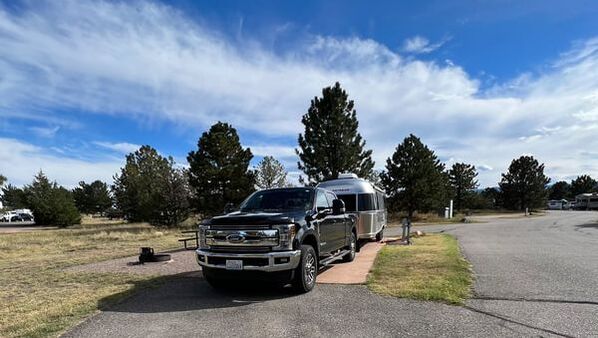
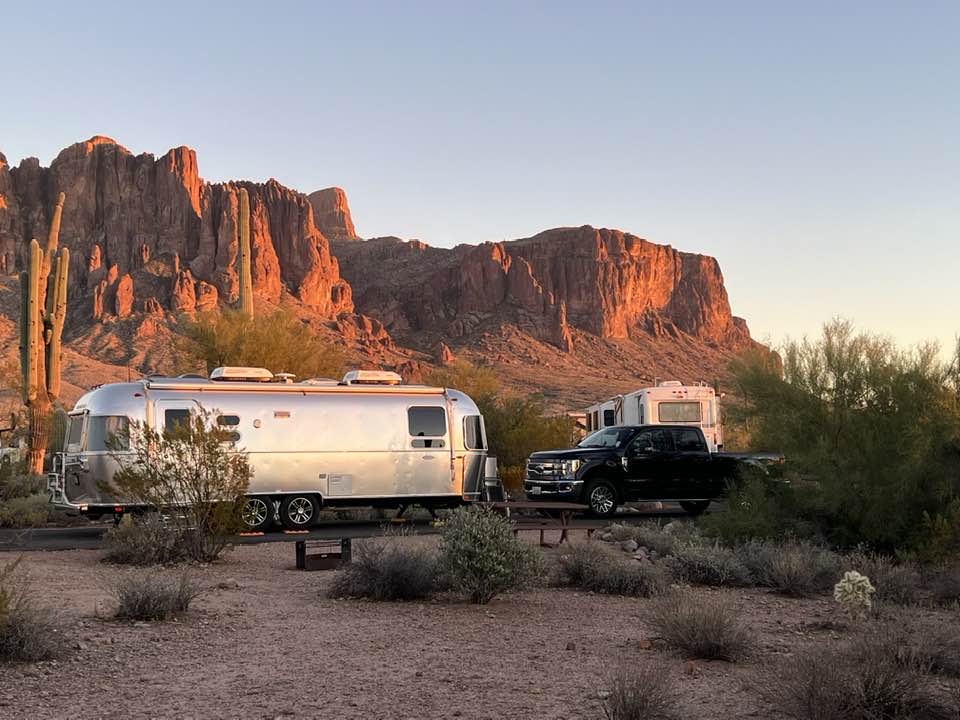



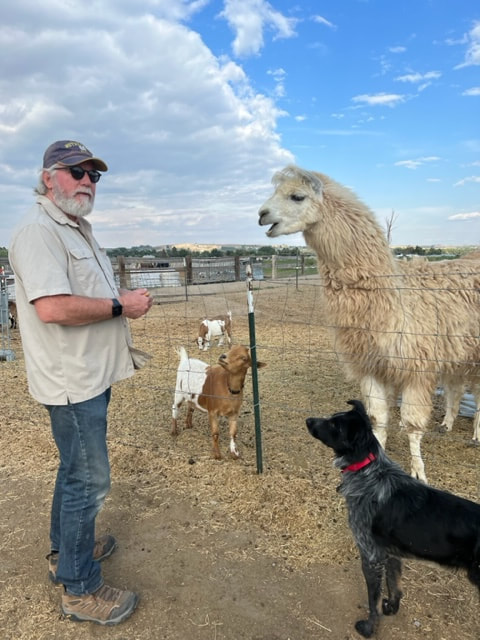





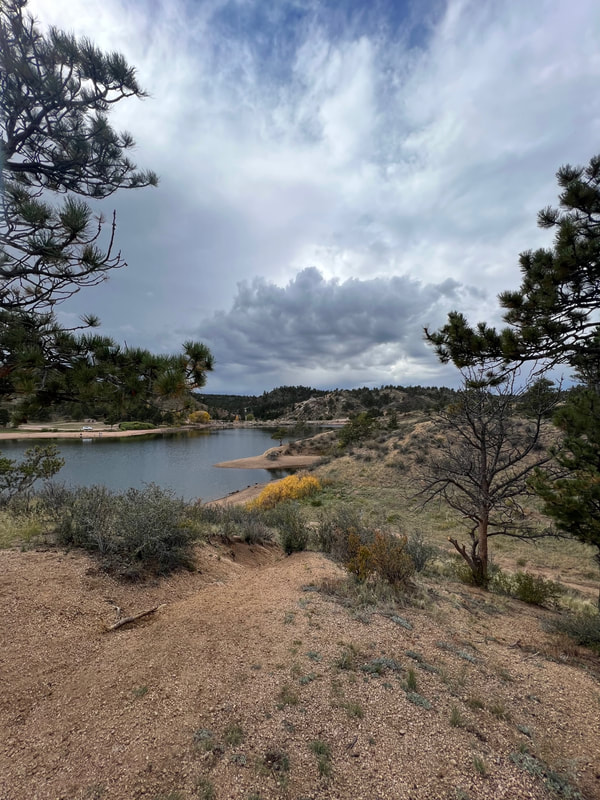




















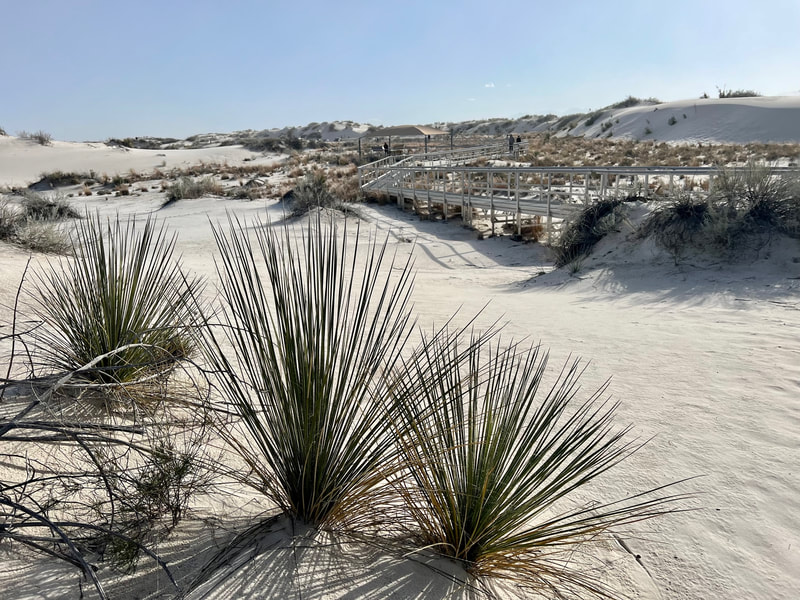
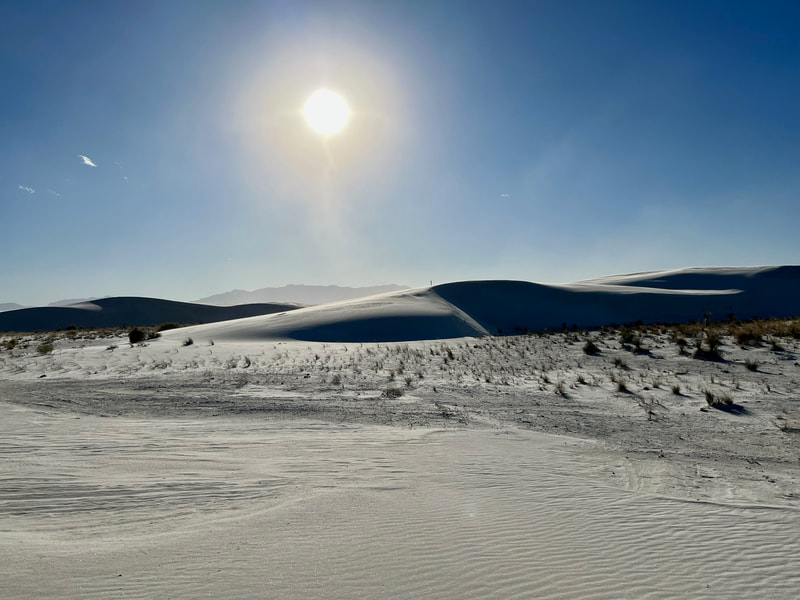
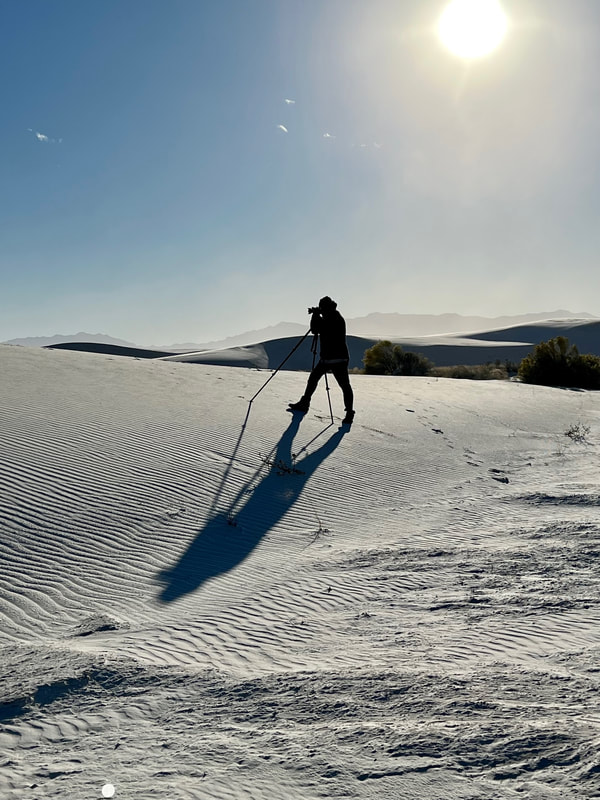



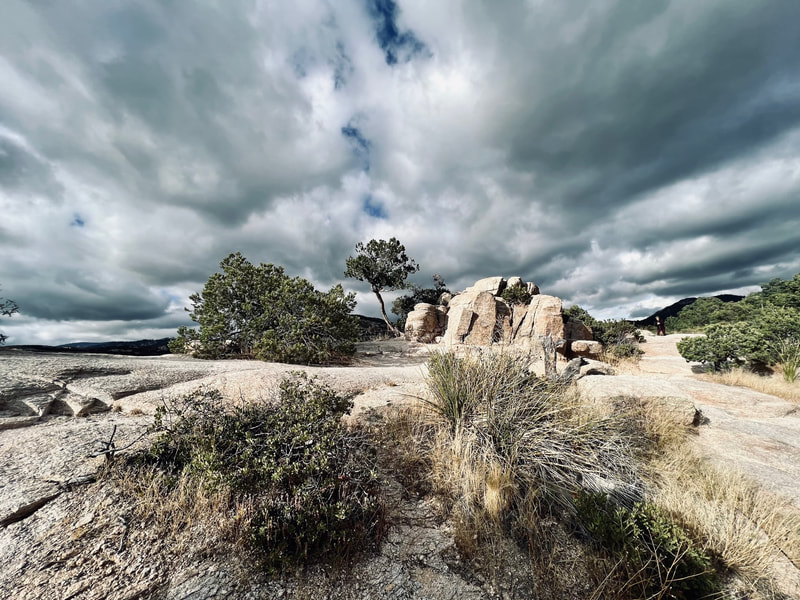
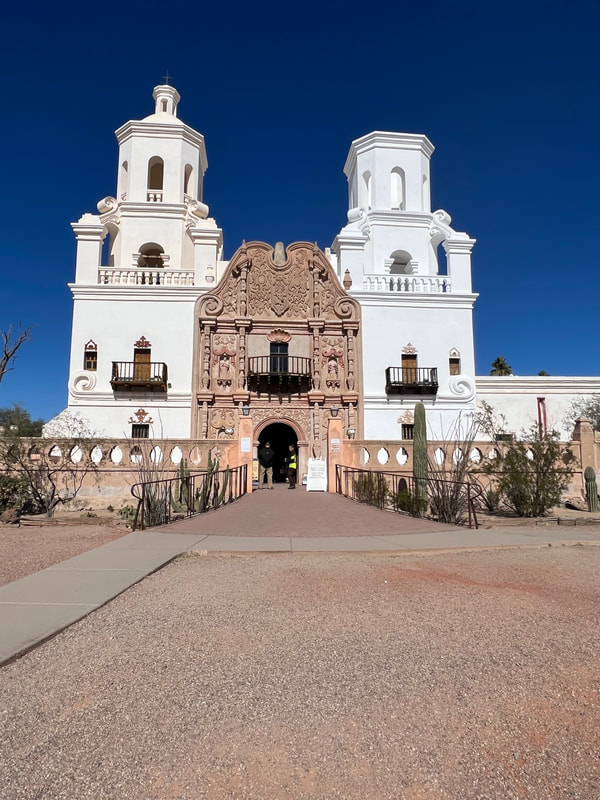
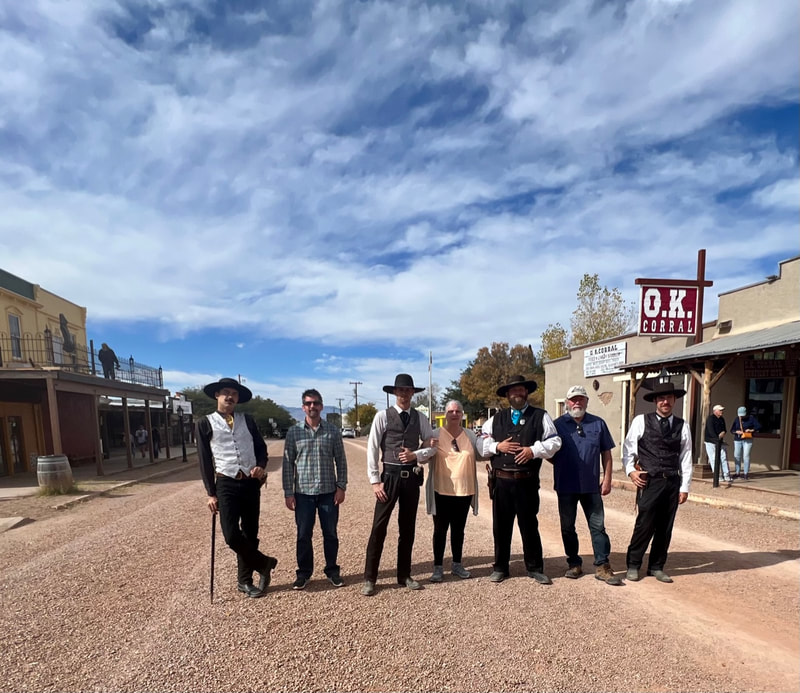
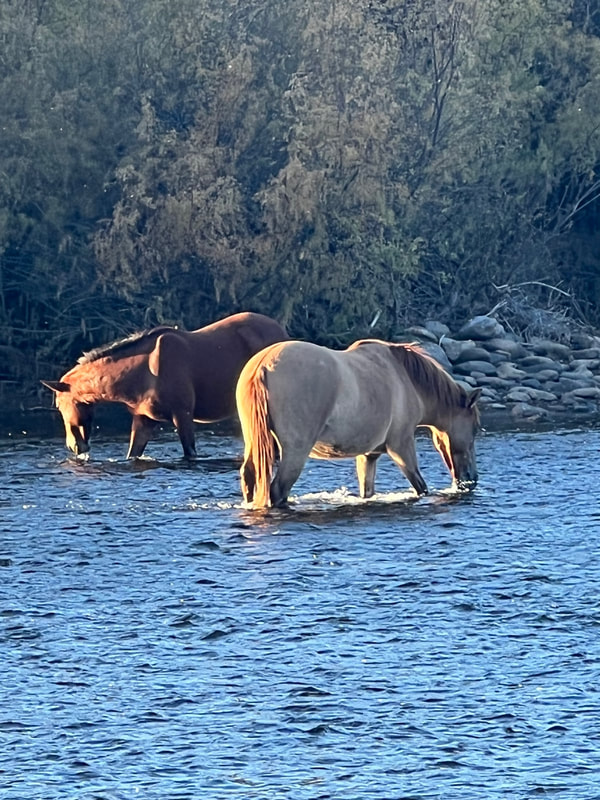
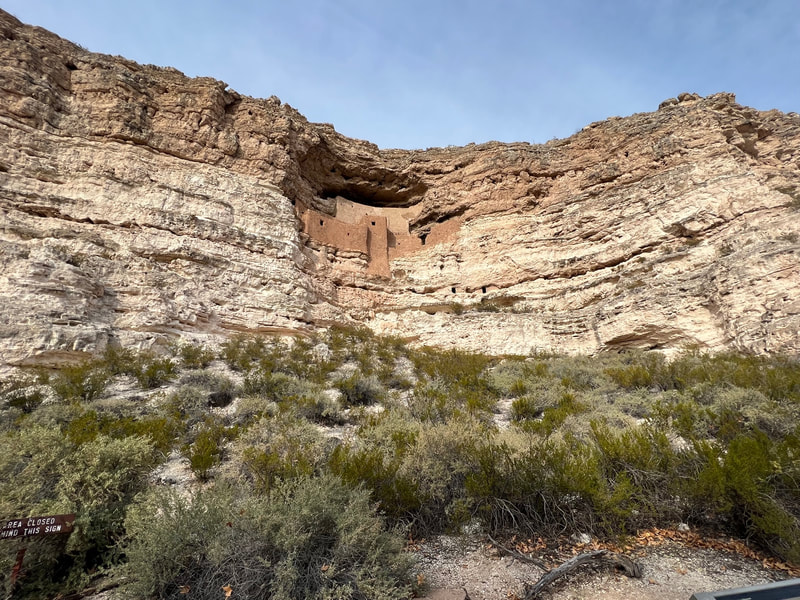
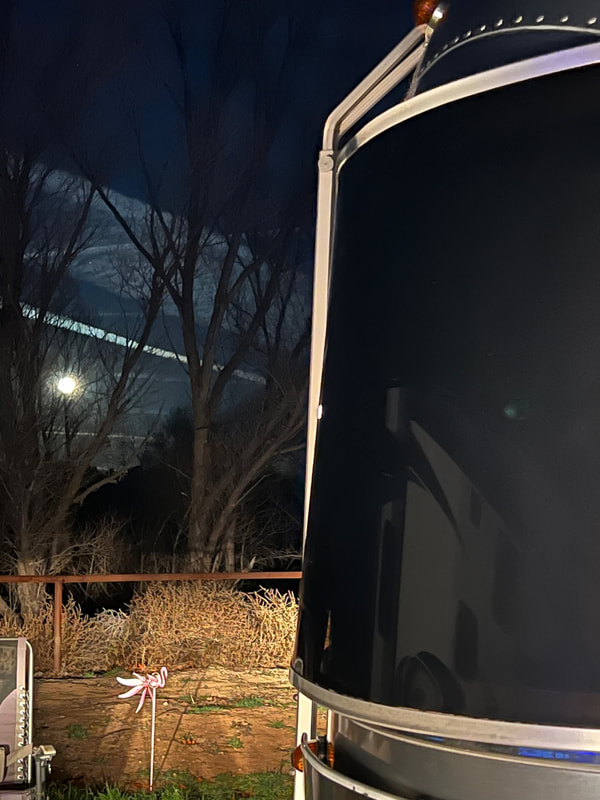
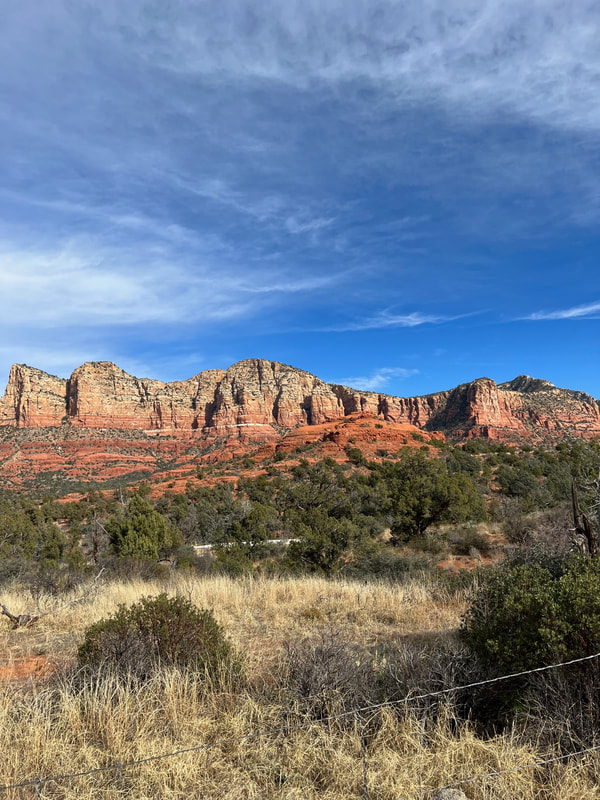
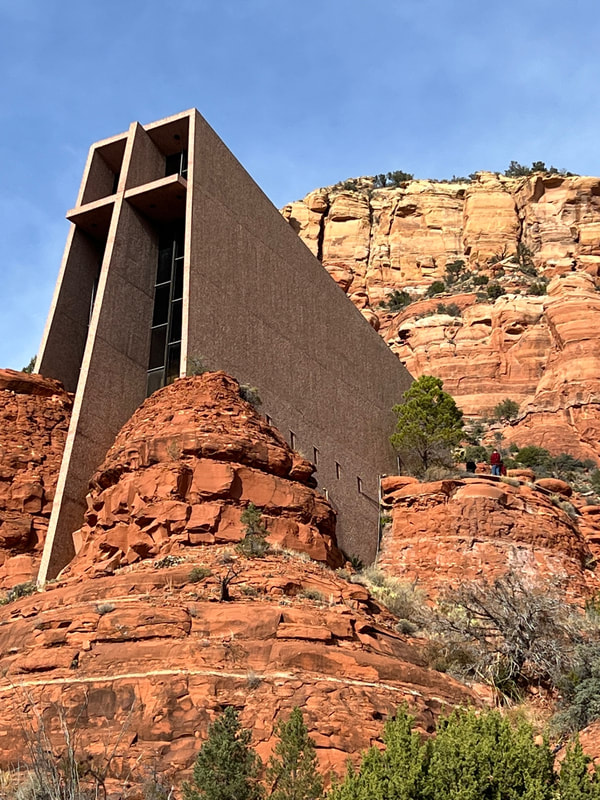

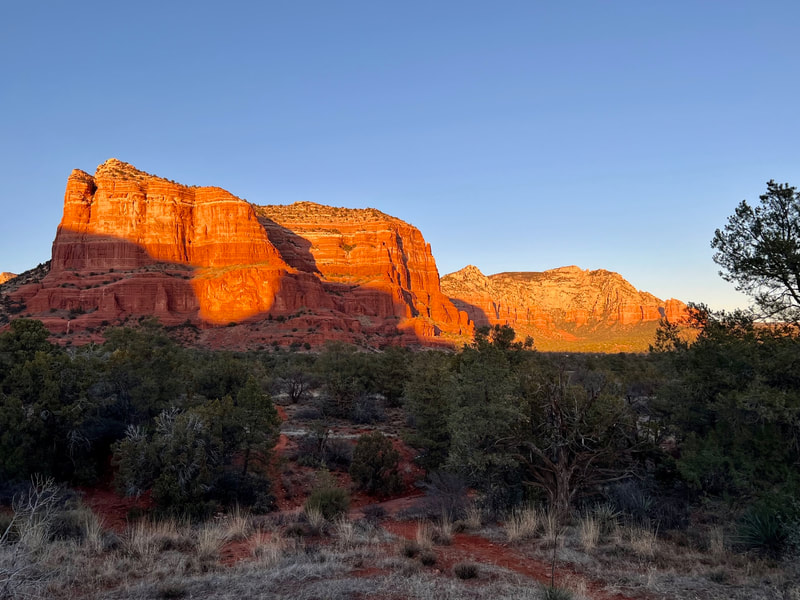
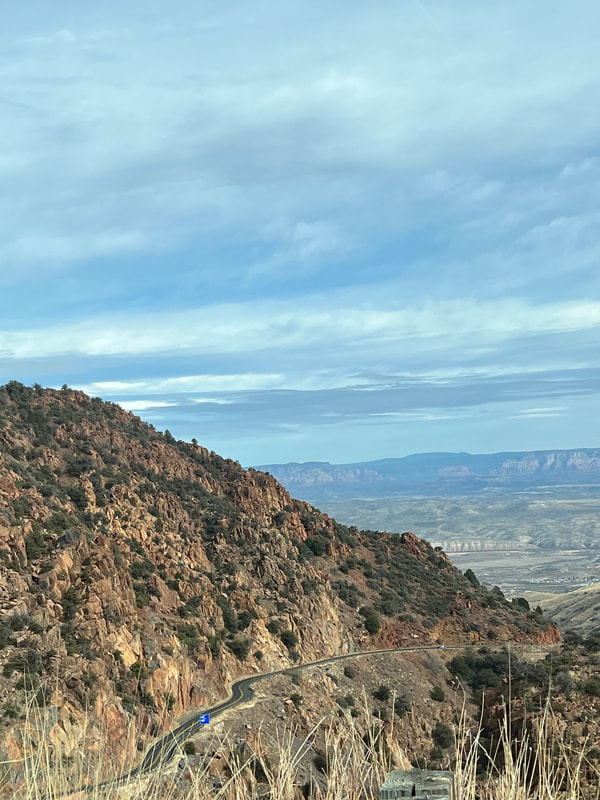
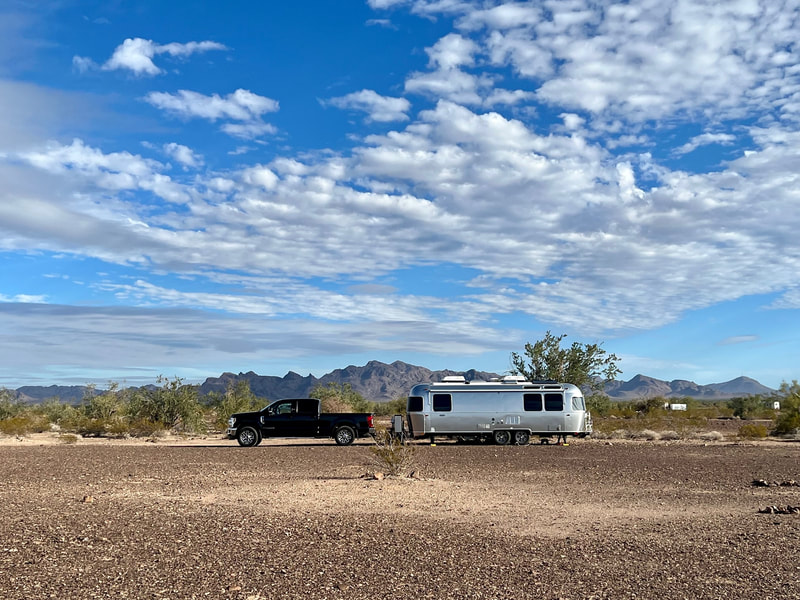
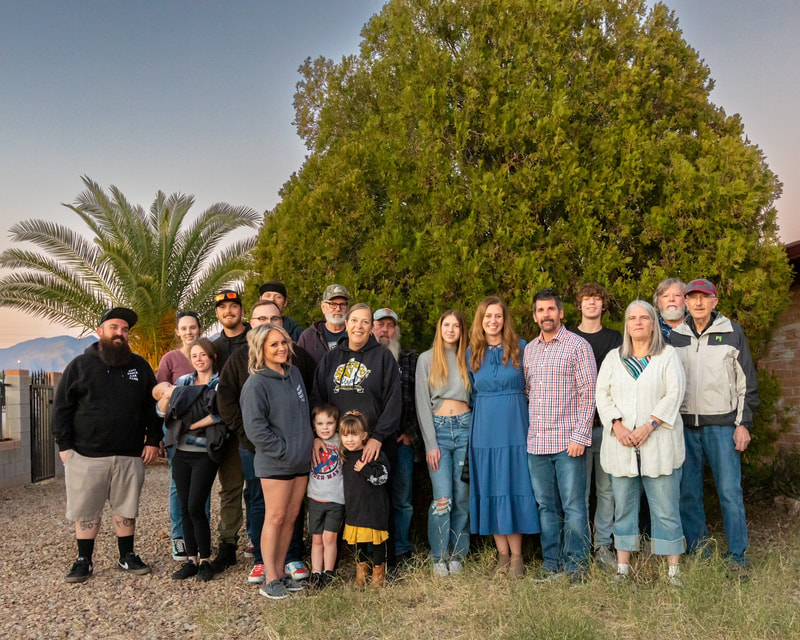
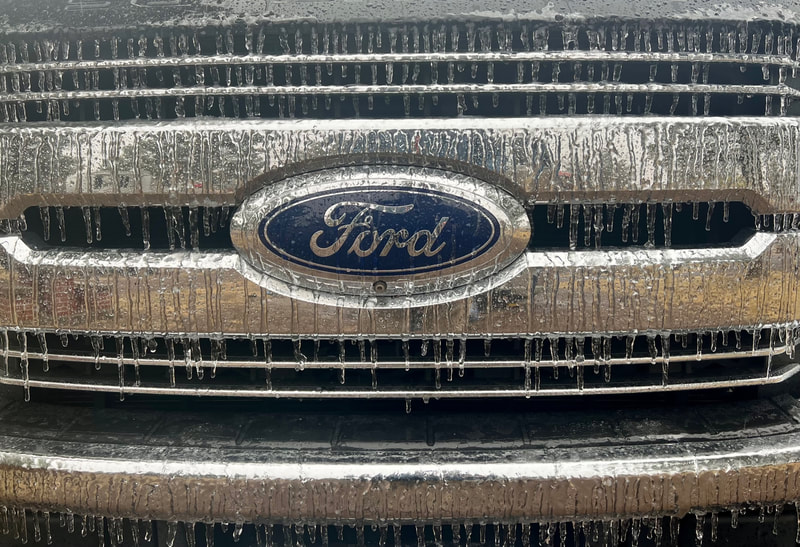
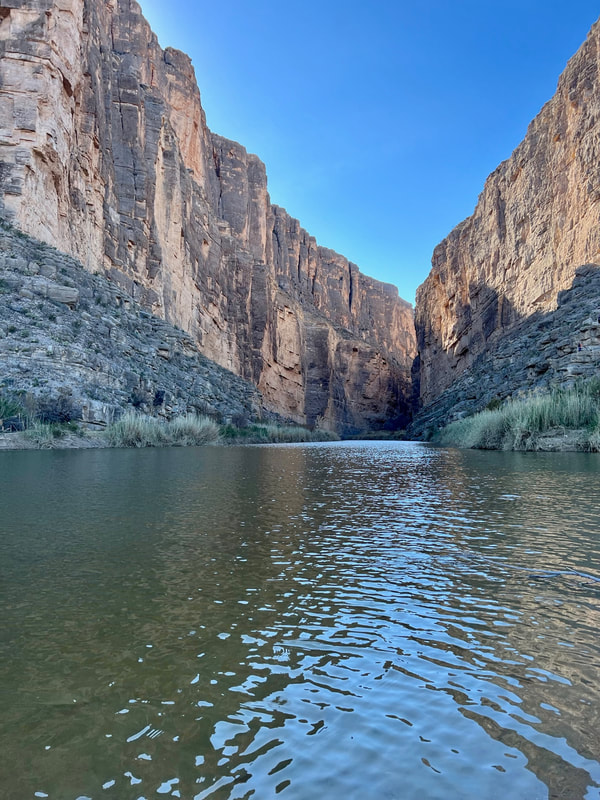

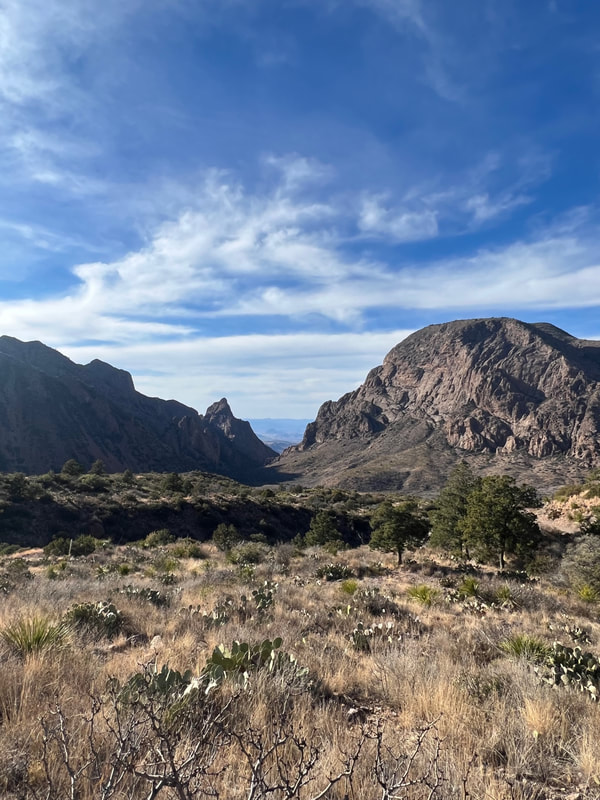
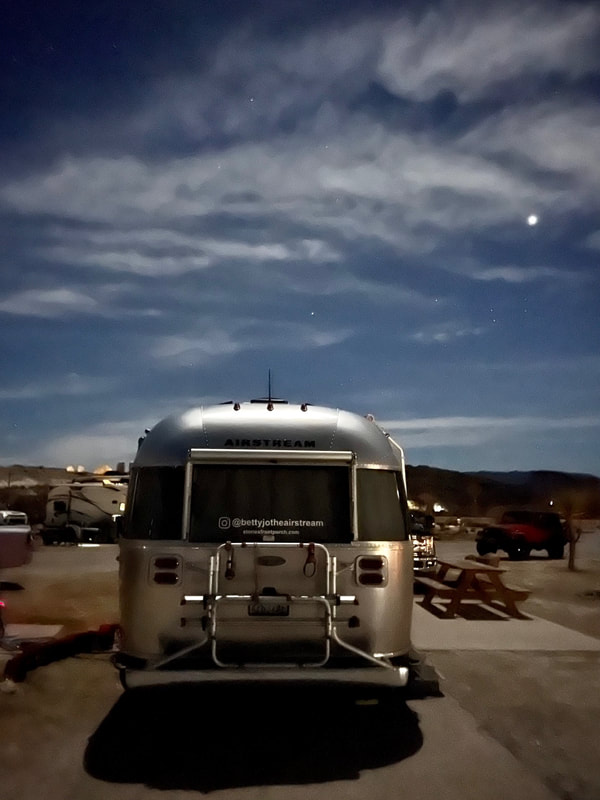


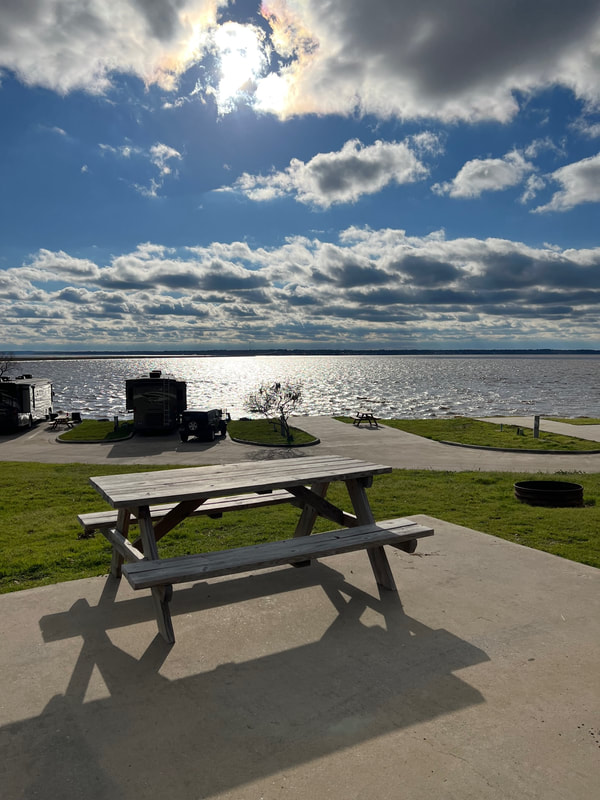

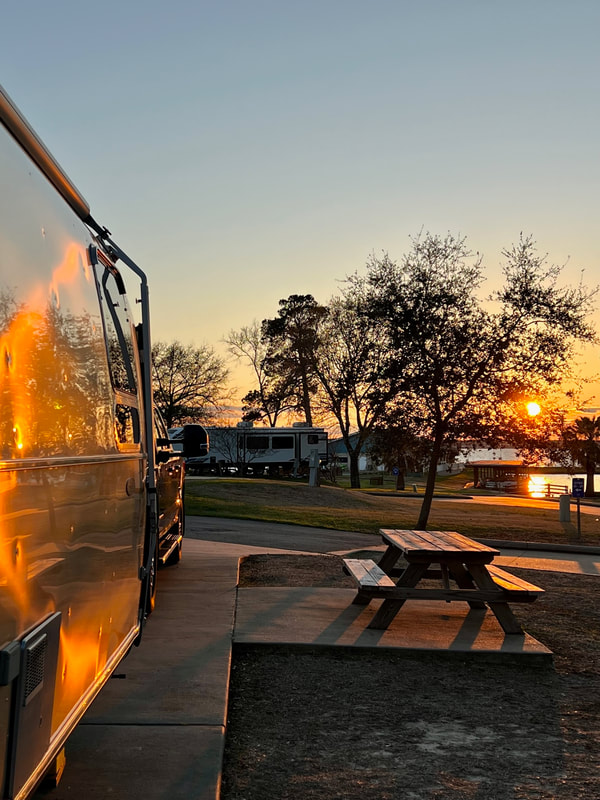


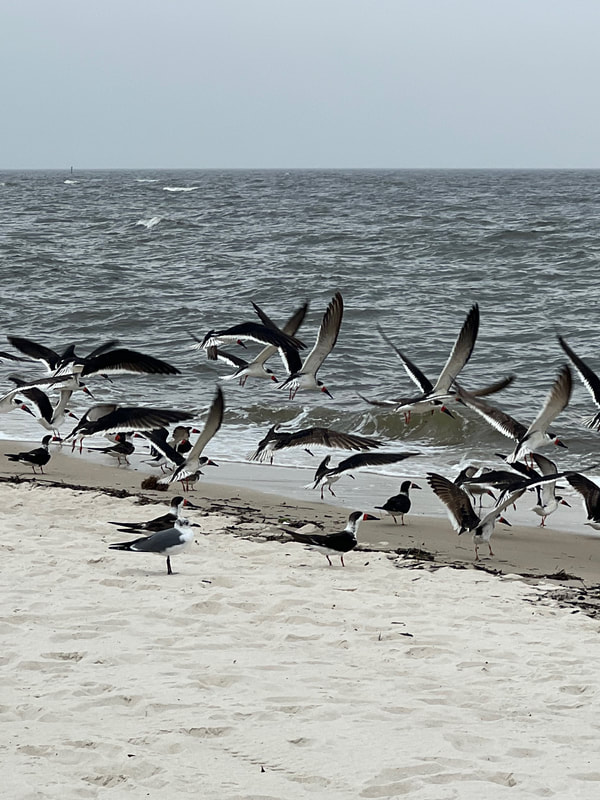
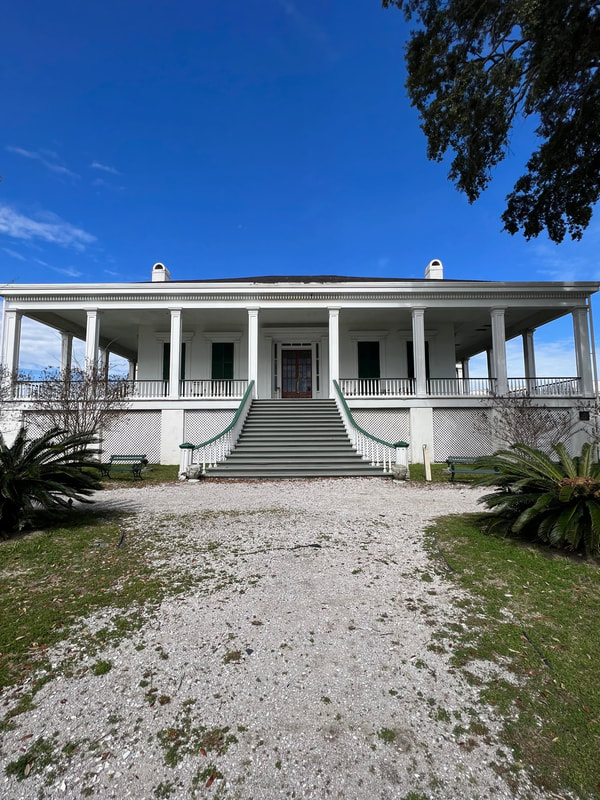
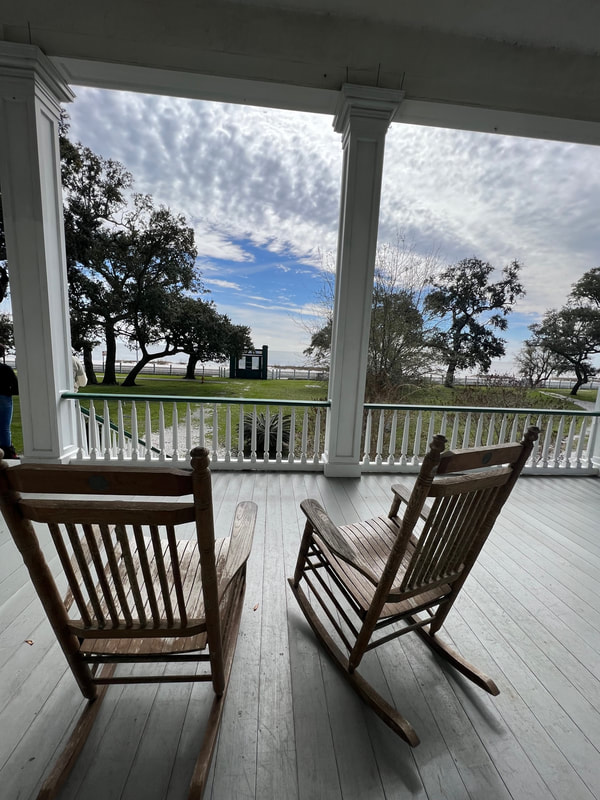
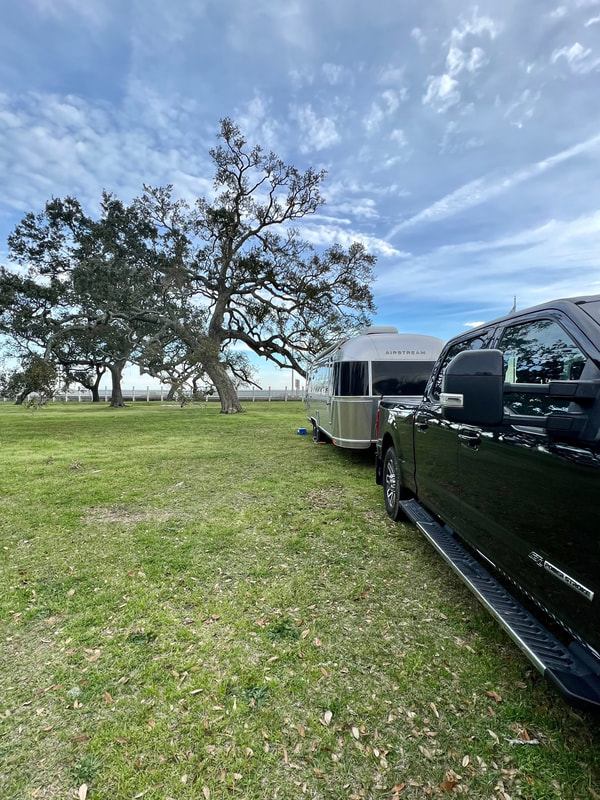




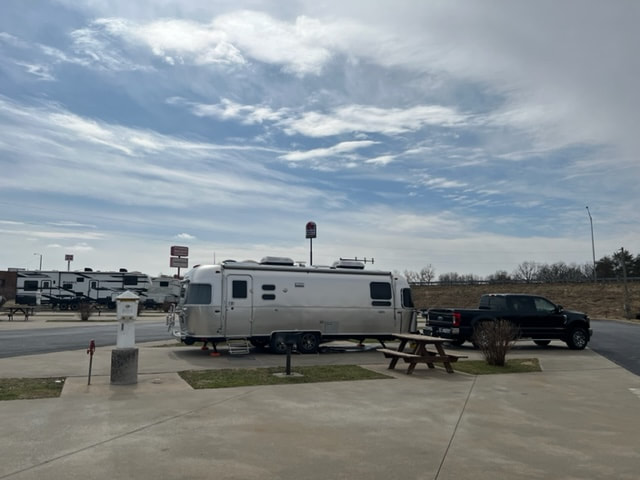

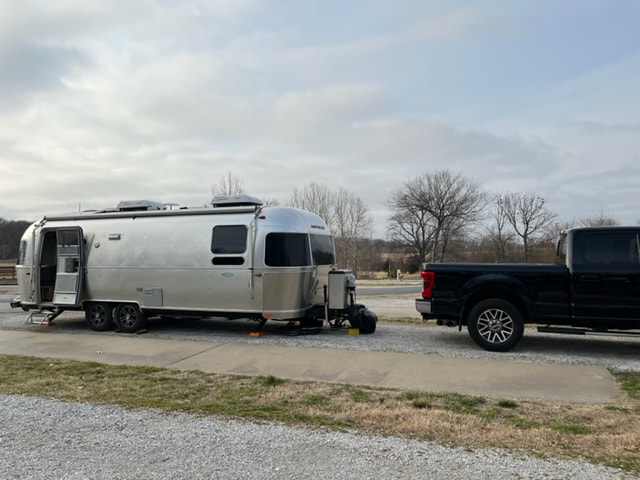
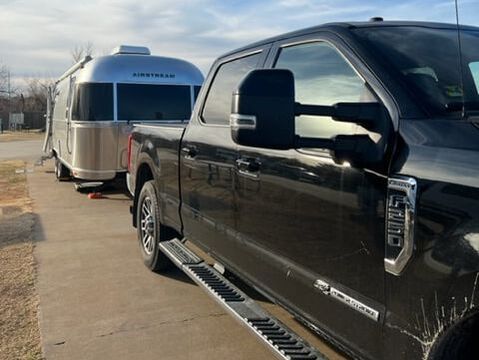
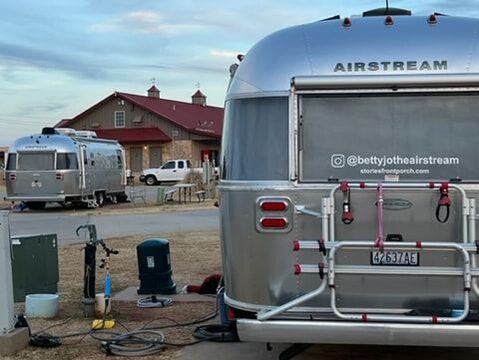


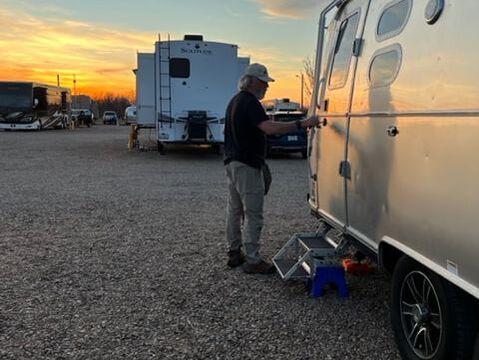
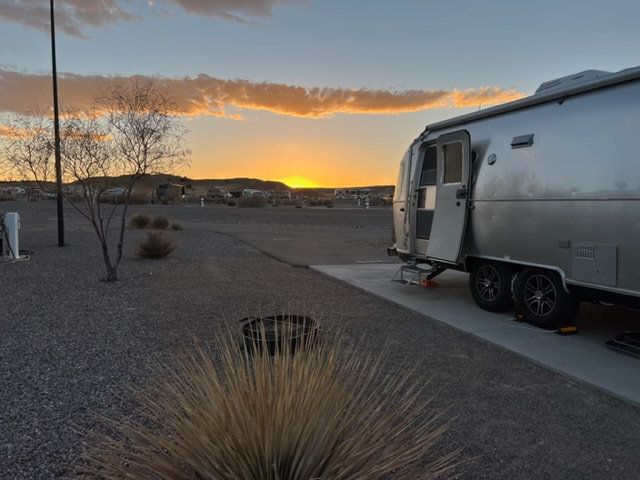

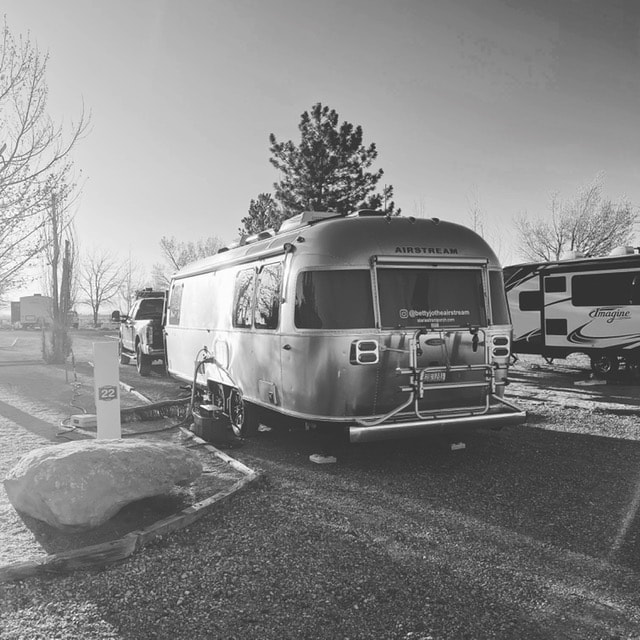
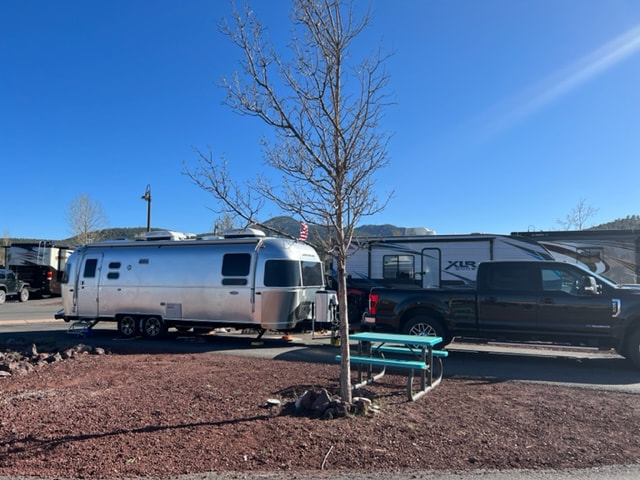
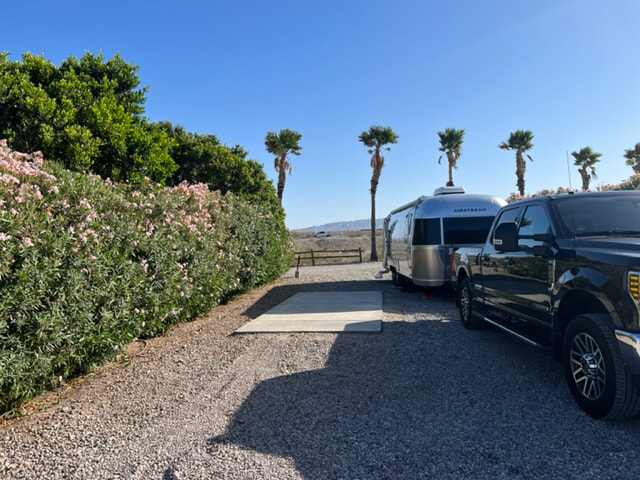
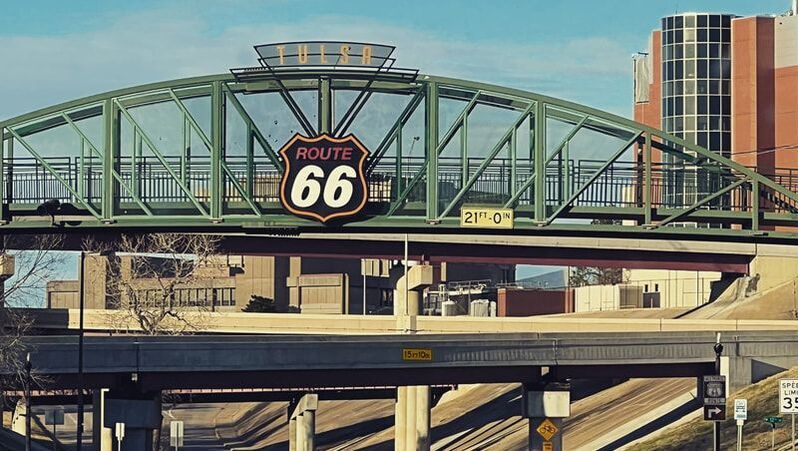
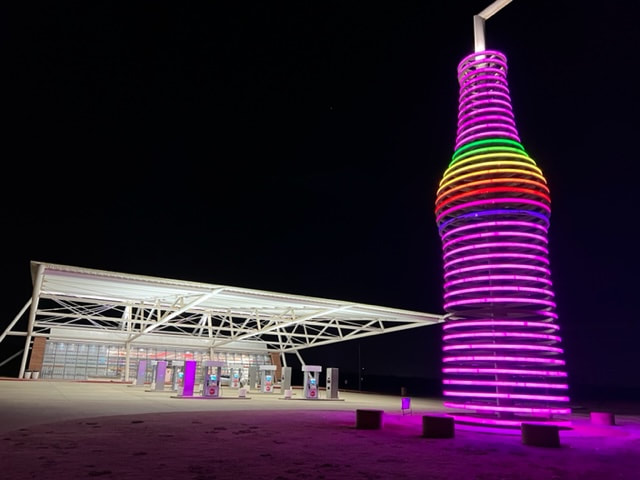




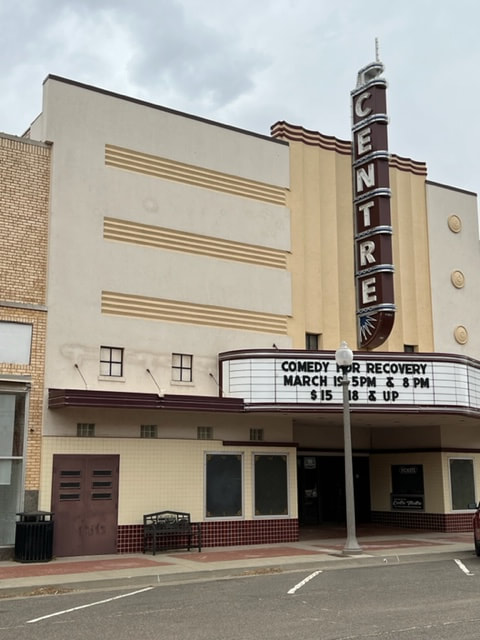

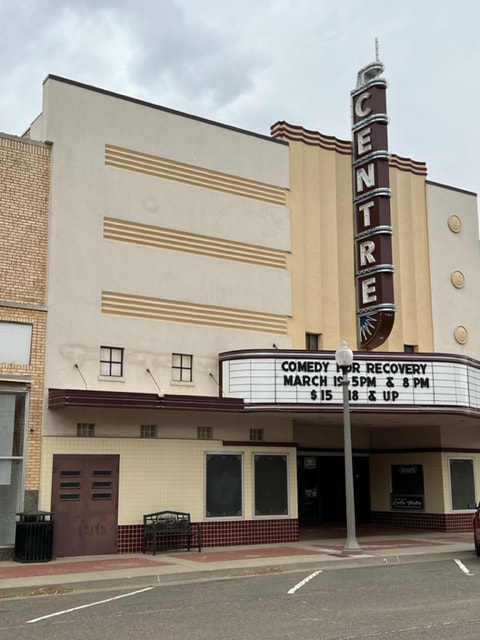


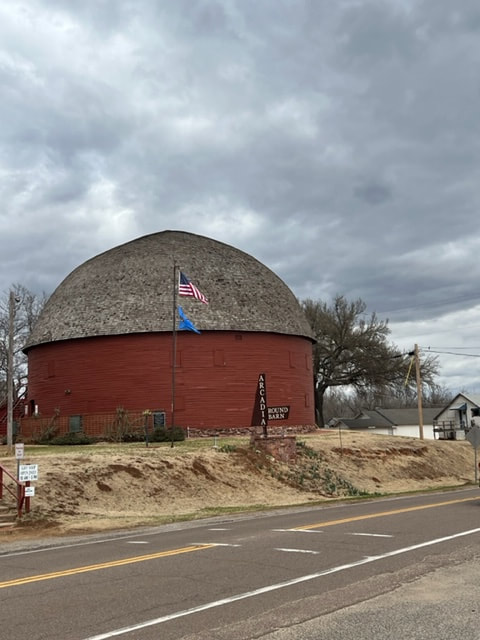

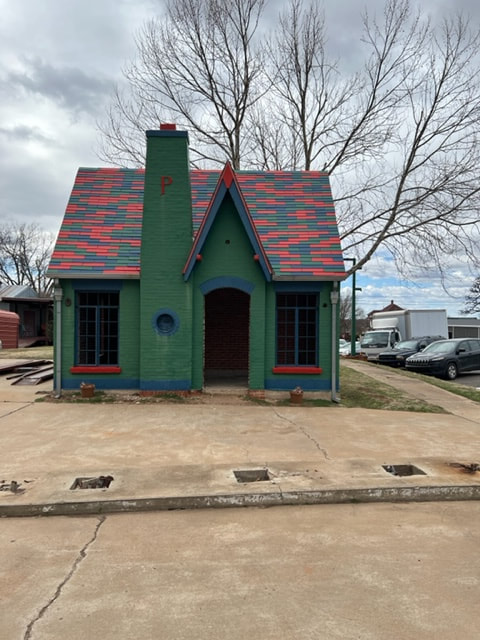





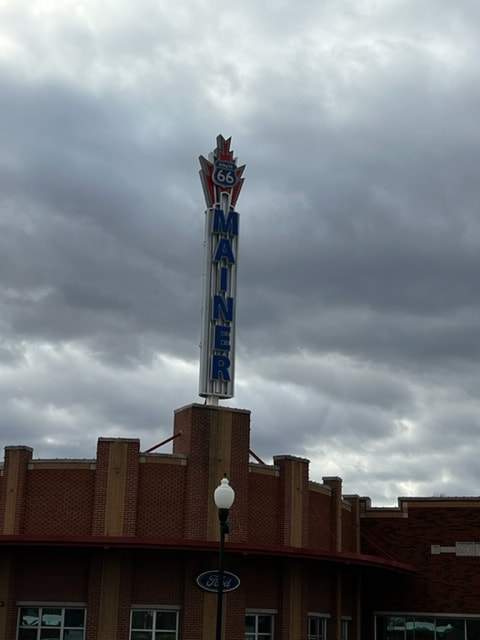
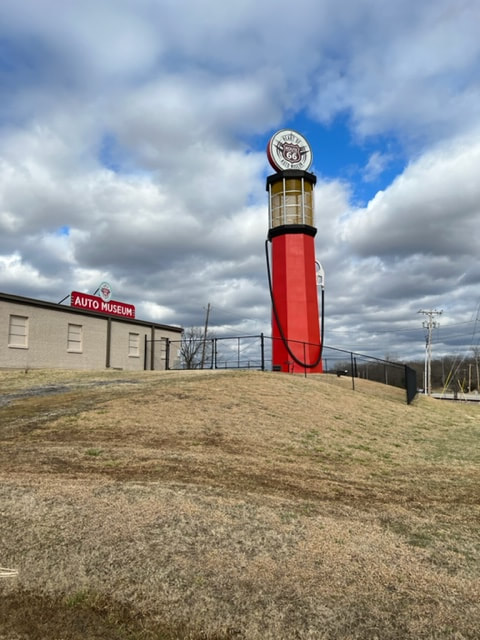




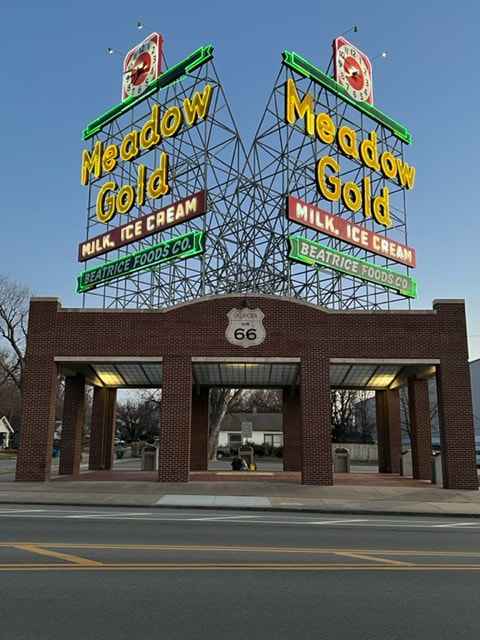
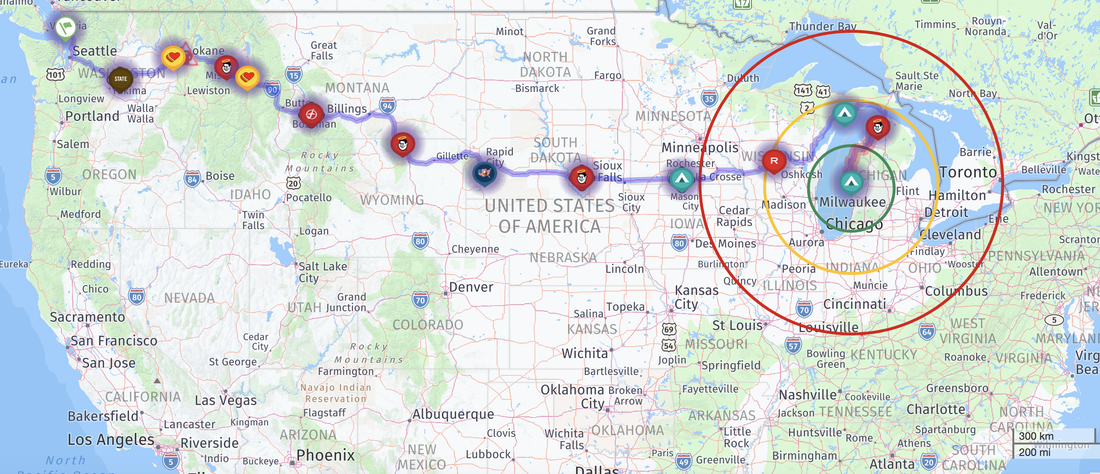
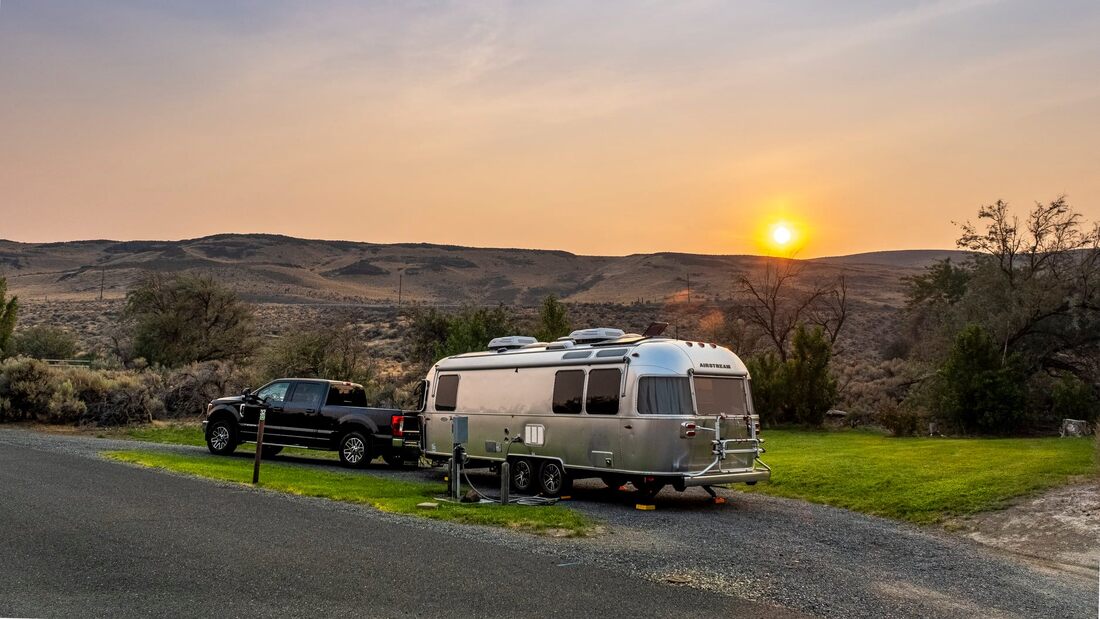
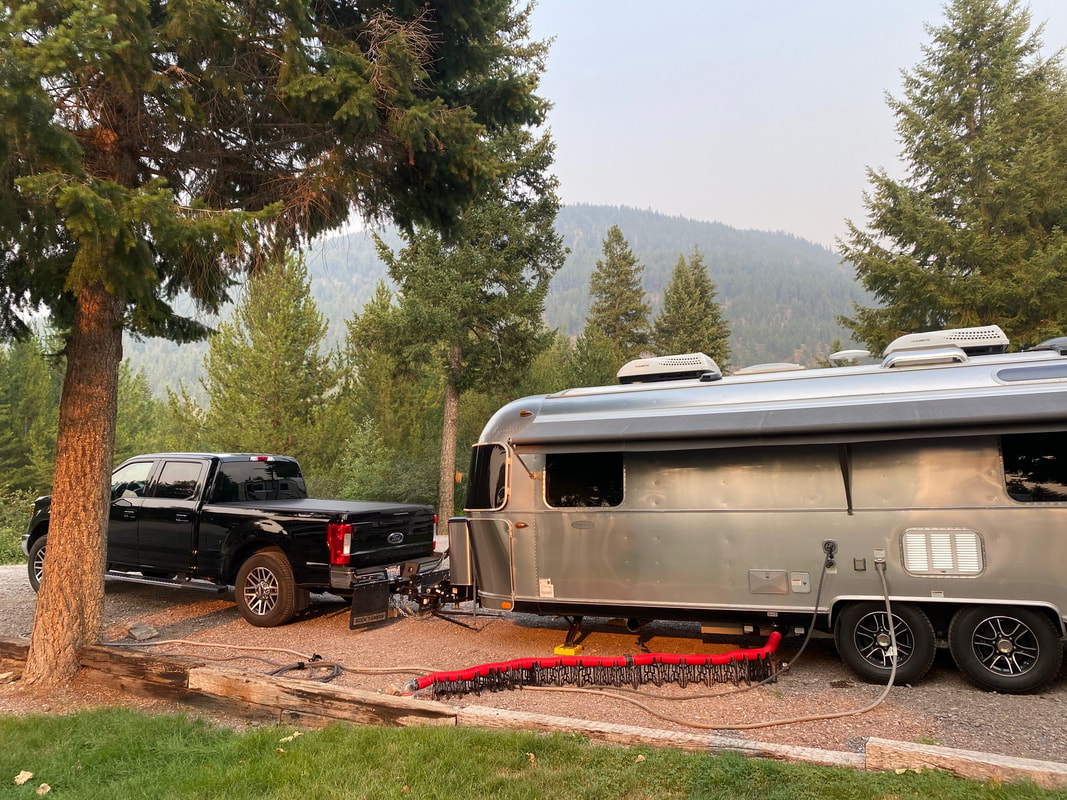
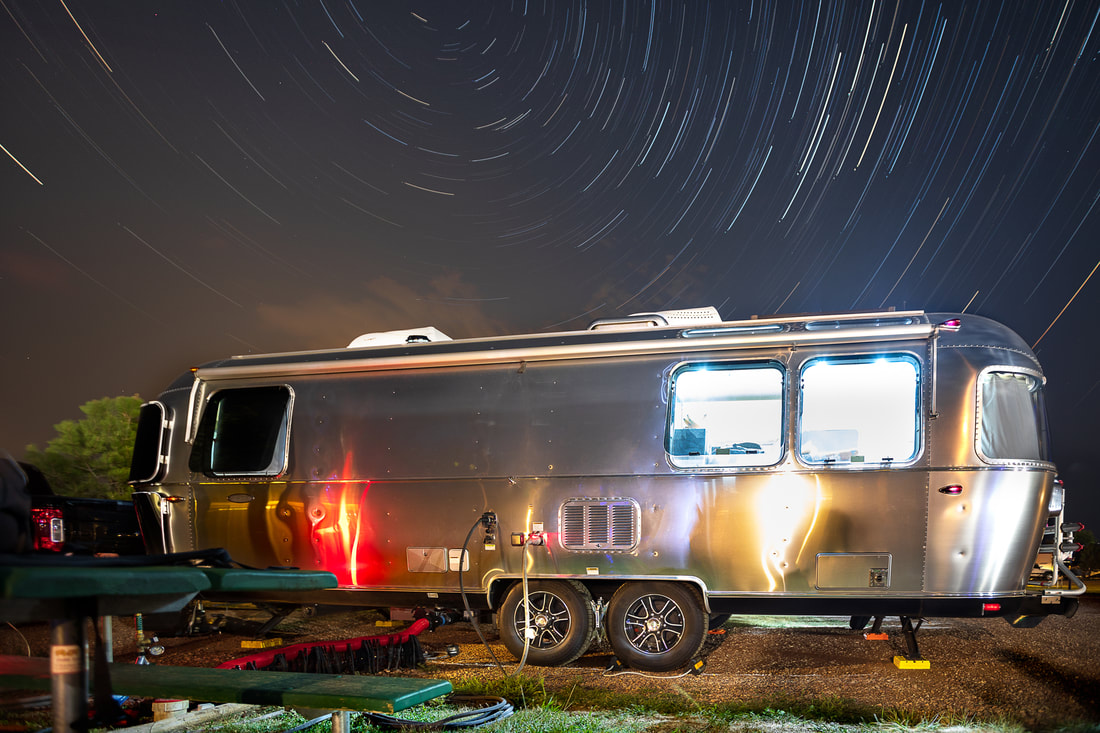


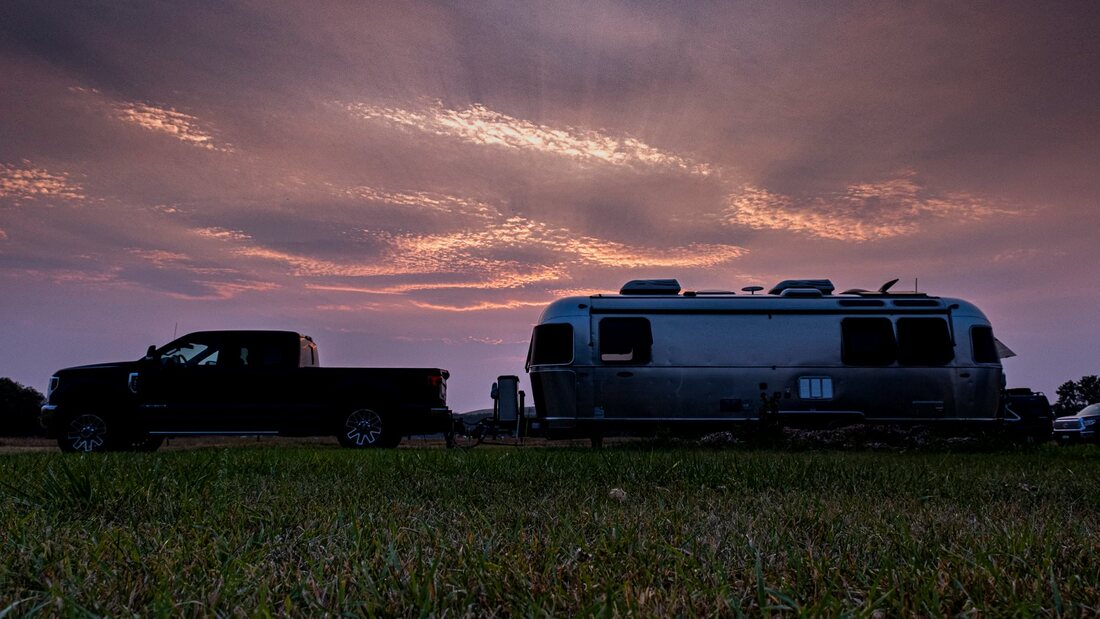
 RSS Feed
RSS Feed
